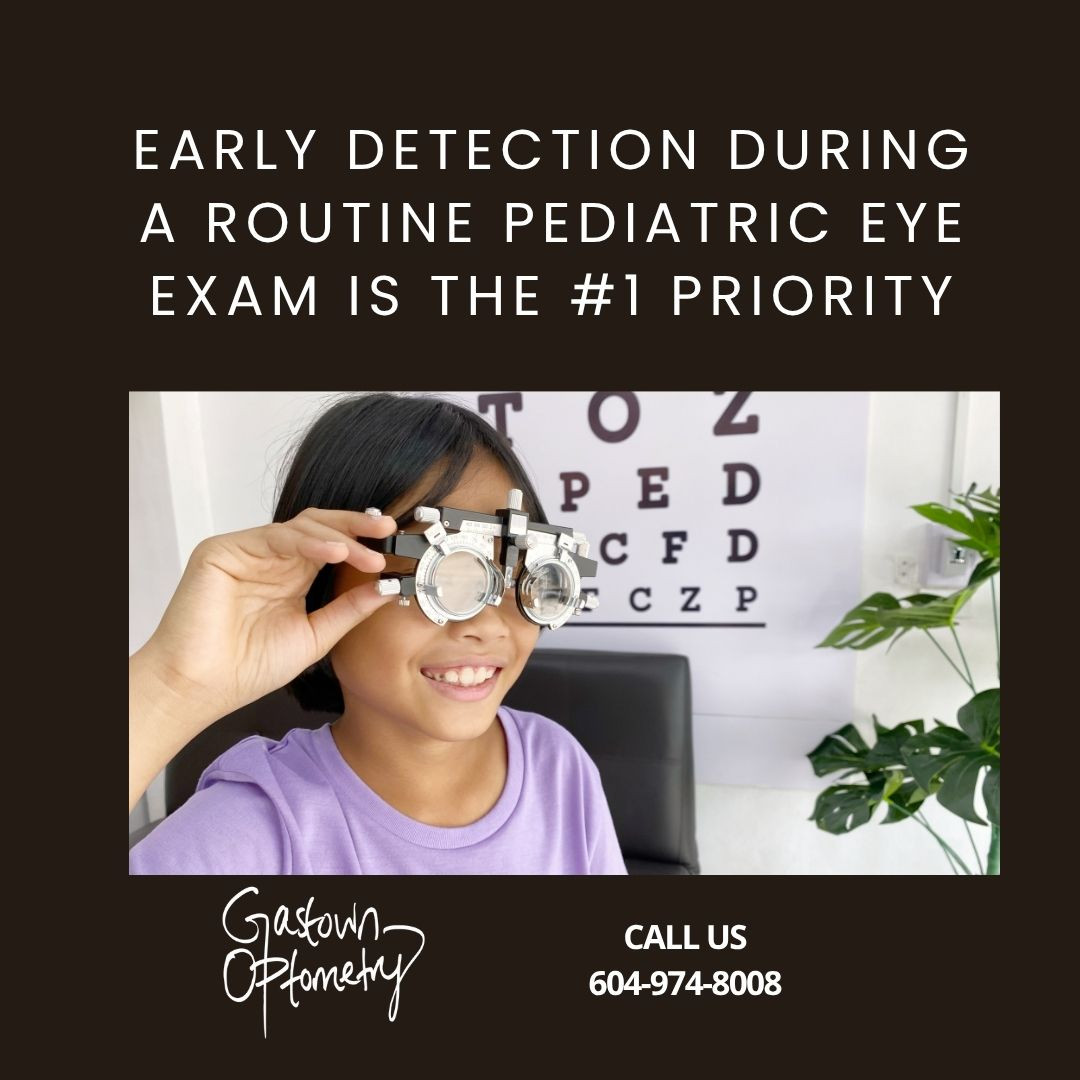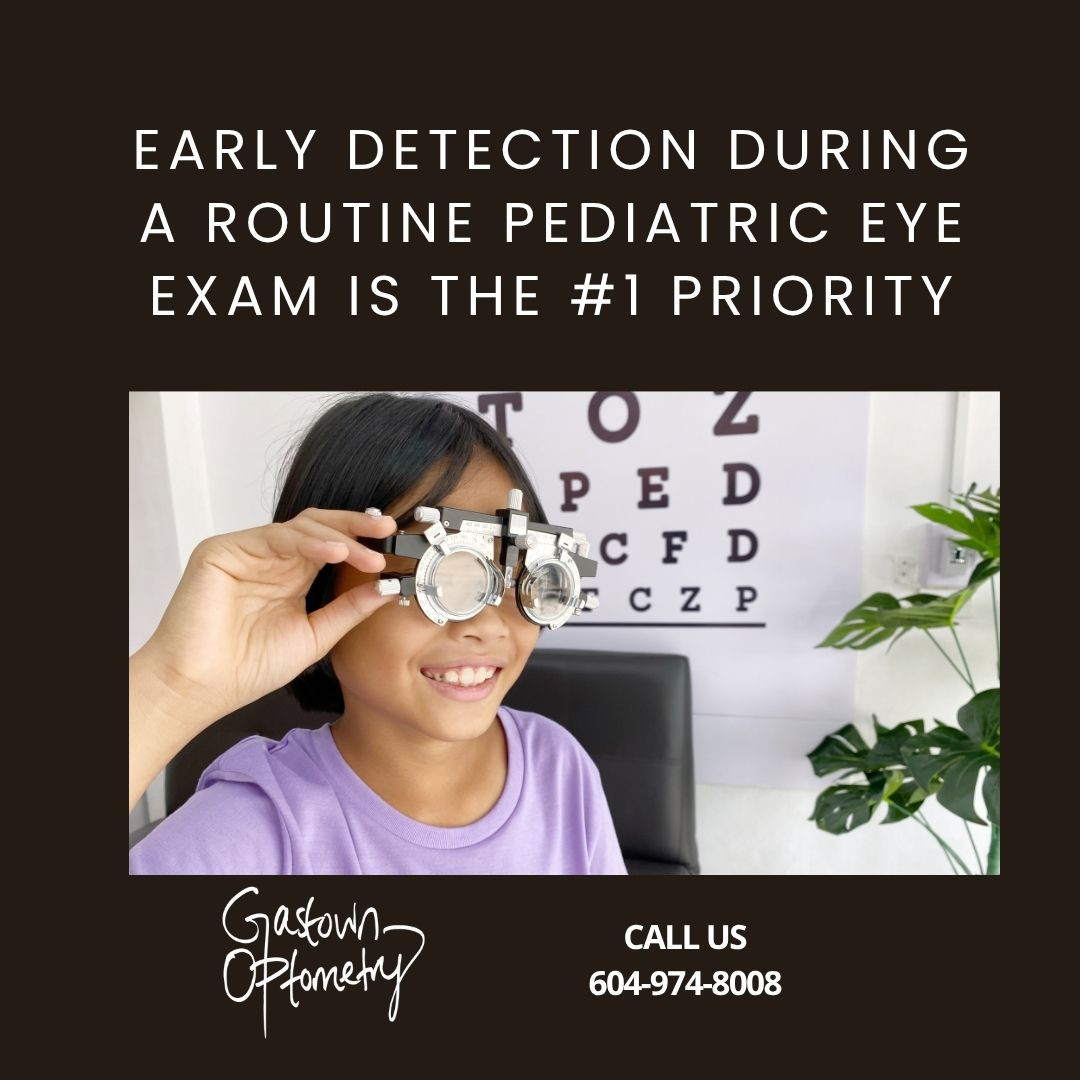Beyond the Patch: Why School Screenings Miss the Mark on Lazy Eye
Vancouver, Canada - November 21, 2025 / Grow My Biz 123, Inc /
The Silent Threat to Your Child’s Vision
As parents, we are hyper-aware of our children’s milestones. We watch for the first step, the first word, and the first tooth. However, there is a silent developmental milestone that often goes unnoticed until it is too late: the development of binocular vision.
One of the most pervasive threats to a child’s visual future is Amblyopia, commonly known as "lazy eye." Affecting approximately 2% to 3% of all children, Amblyopia is the leading cause of decreased vision in childhood. It occurs when the nerve pathways between the brain and the eye aren't properly stimulated, causing the brain to favor the "stronger" eye and effectively ignore the "weaker" one.
The danger of Amblyopia lies not in the condition itself, which is treatable, but in its stealth. Children rarely complain about it because they have no frame of reference for "normal" vision. If they have always seen the world through one dominant eye, they assume everyone else does, too. This is why relying on a child to report vision problems is a risky strategy.
The Critical Window of Opportunity
Visual development is a race against the clock. Unlike many other health conditions that can be addressed at any age, the visual system has a strict "critical period." This window typically remains open until around age seven or eight. During these formative years, the brain is incredibly plastic, learning how to interpret signals from the eyes and fuse them into a single, 3D image.
If Amblyopia is not detected and treated before this developmental window closes, the vision loss can become permanent. The brain simply "locks in" the poor vision, and no amount of glasses or surgery later in life can fully restore it. This urgency makes the timing of diagnosis the single most significant factor in successful treatment.

Why School Screenings Are Not Enough
Many parents fall into a false sense of security because their child "passed" a vision screening at school or the pediatrician's office. While these screenings are well-intentioned, they are fundamentally limited. According to the American Optometric Association, school vision screenings can miss up to 75% of vision problems, particularly those involving binocular vision and eye coordination.
A screening usually involves reading a chart from a distance (visual acuity). A child with Amblyopia might "pass" this test by straining their eyes or inadvertently peeking with their good eye. Screenings rarely evaluate how the eyes work together, depth perception, or the subtle refractive errors that often trigger lazy eye.
This is where the difference between a screening and a clinical exam becomes life-changing. A comprehensive pediatric eye exam goes far beyond the letter chart. At Gastown Optometry, we utilize specialized equipment to assess the internal health of the eye, measure focusing power without relying on the child's verbal responses, and test for stereoacuity (depth perception). These diagnostics are the only reliable way to catch the subtle asymmetry that defines Amblyopia.
Modern Treatment: Beyond the Patch
Historically, the diagnosis of "lazy eye" was met with dread by parents who envisioned their child wearing a noticeable eye patch for years. While patching (occlusion therapy) remains a gold standard to force the brain to use the weaker eye, modern optometry offers a broader spectrum of treatment options.
Depending on the root cause—whether it is strabismus (misaligned eyes) or anisometropia (significantly different prescriptions in each eye)—treatment plans have evolved.
Atropine Drops: For some children, prescription drops can be used to temporarily blur the vision in the strong eye, achieving a similar effect to patching but without the social stigma or struggle of keeping a bandage on an active child.
Corrective Lenses: In many cases, simply providing the correct prescription glasses to balance the input between the two eyes can jumpstart the brain's usage of the "lazy" eye.
Vision Therapy: This is akin to physical therapy for the eyes and brain. It involves specific exercises designed to improve eye teaming and focusing skills.
However, access to these advanced treatments requires a provider who specializes in developmental vision. Finding a qualified pediatric optometrist vancouver is the first step in accessing the full range of therapeutic options tailored to your child’s specific needs.
Why Your Choice of Pediatric Optometrist Vancouver Matters for Early Detection
The journey to correcting Amblyopia is a partnership between the parent, the child, and the optometrist. It requires patience, consistency, and, most importantly, an early start. The visual system is resilient, but it is not infinite. Every year that passes without detection is a year of lost opportunity for neural development.
At Gastown Optometry, we understand that a pediatric exam is not just about "checking boxes." It is about safeguarding a child's ability to learn, play sports, and navigate the world with confidence. Dr. Errin Bligh and our team are dedicated to creating a comfortable environment where even the youngest patients can be accurately assessed.
Don't wait for your cihld to tell you they can't see, and don't rely solely on a school nurse's screening chart. If your child has not had a comprehensive eye assessment recently, or if you have concerns about their visual tracking or alignment, take action today.
Protect your child's vision before the window of opportunity closes. Schedule your appointment with Gastown Optometry today and ensure their eyes are ready for a lifetime of clear sight.

Contact Information:
Gastown Optometry
315 W Cordova St
Vancouver, BC V6B 1E5
Canada
Errin Bligh
+1 604-305-3104
https://gastownoptometry.com/

